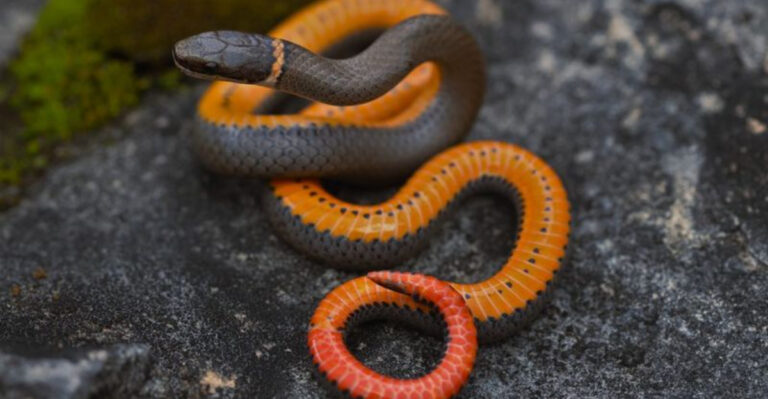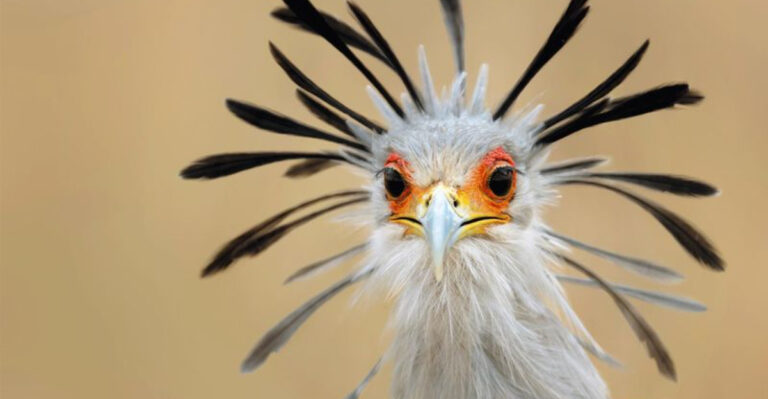What’s The Difference Between A Hornet And A Bee?
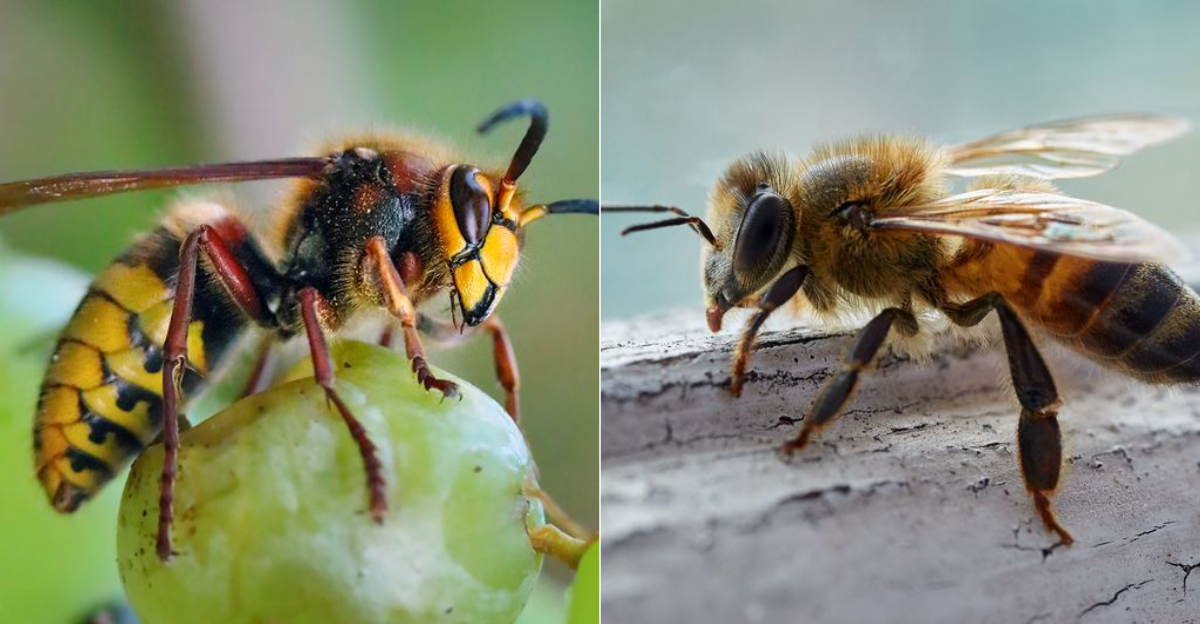
Ever been startled by a buzzing insect and wondered if you should run for cover or simply stay calm?
Telling apart hornets and bees isn’t just fascinating – it could save you from unnecessary panic or even a painful sting.
While both insects belong to the Hymenoptera order, they differ in surprising ways that affect how we should interact with them.
1. Size Matters
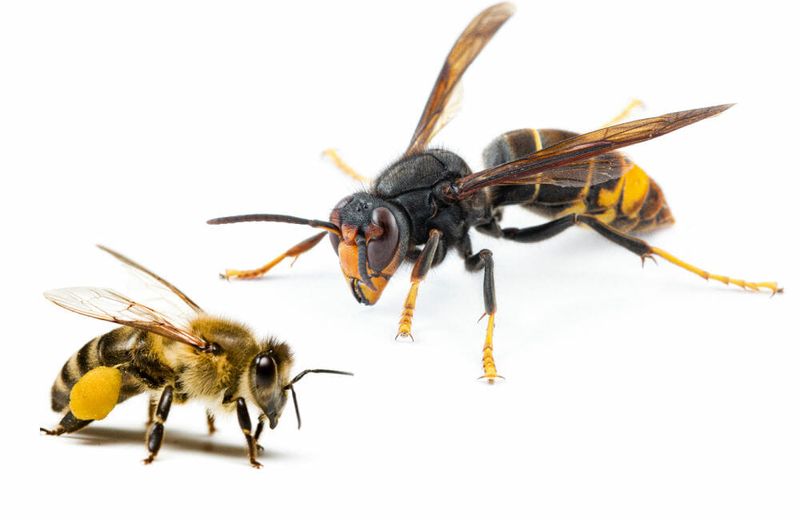
Imagine comparing a sports car to a compact sedan – that’s the size difference we’re talking about! Hornets typically measure between 1-1.5 inches, towering over their bee cousins who rarely exceed half an inch.
This dramatic size contrast is often your first clue when spotting these flying insects in your garden.
2. Color Coding
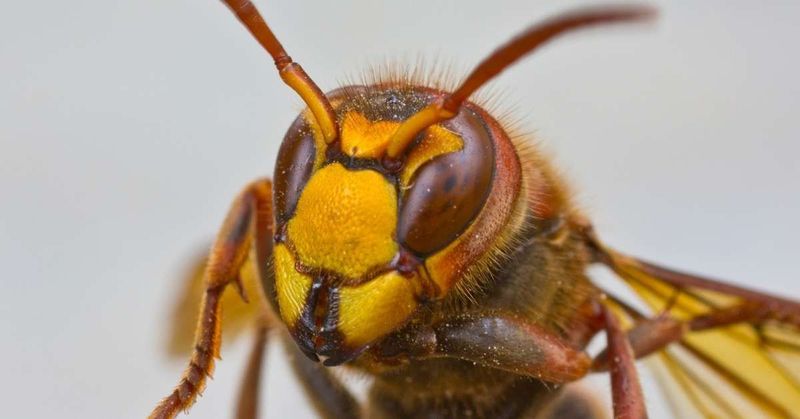
While bees rock their iconic yellow and black striped pajamas, hornets flaunt bolder fashion choices. European hornets showcase reddish-brown with yellow stripes, while their Asian cousins wear striking black and orange-yellow outfits.
Honeybees stick with fuzzy golden-brown bodies that look almost cuddly in comparison.
3. Body Shape Differences
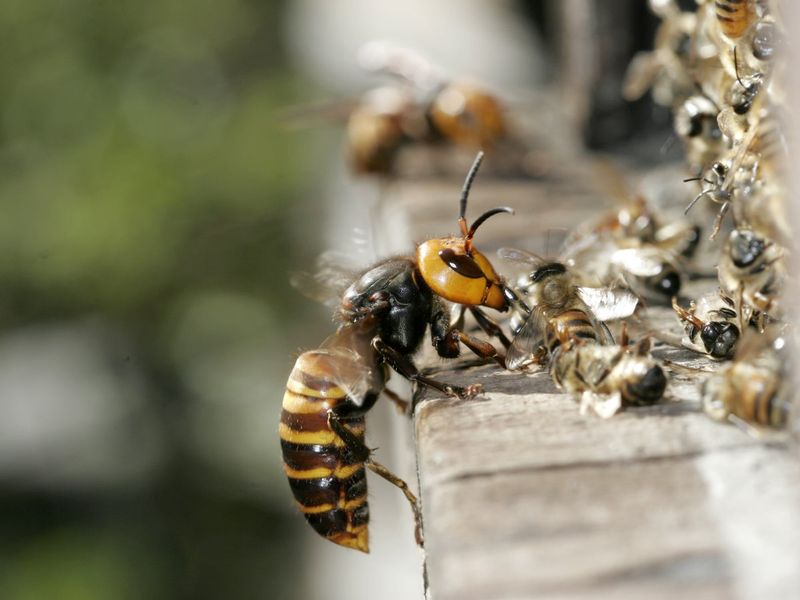
Got a glimpse of a flying insect? Check its waistline! Hornets sport a narrow, defined waist connecting their thorax and abdomen, giving them that classic wasp-like silhouette.
Bees, especially honeybees, have rounder, more robust bodies with less dramatic waist constriction. Their plumper profile helps distinguish them from their slender relatives.
4. Fuzziness Factor
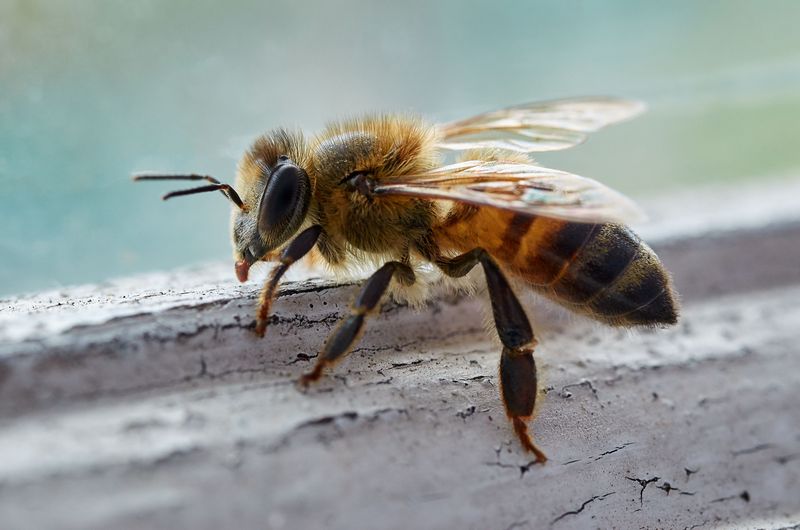
Run your finger over velvet, then over smooth plastic – that’s the texture difference between these insects! Bees are the teddy bears of the insect world, covered in branched hairs that trap pollen.
Hornets have significantly less hair, appearing sleeker and shinier. This lack of fuzz makes hornets less effective pollinators but more streamlined hunters.
5. Nest Architecture
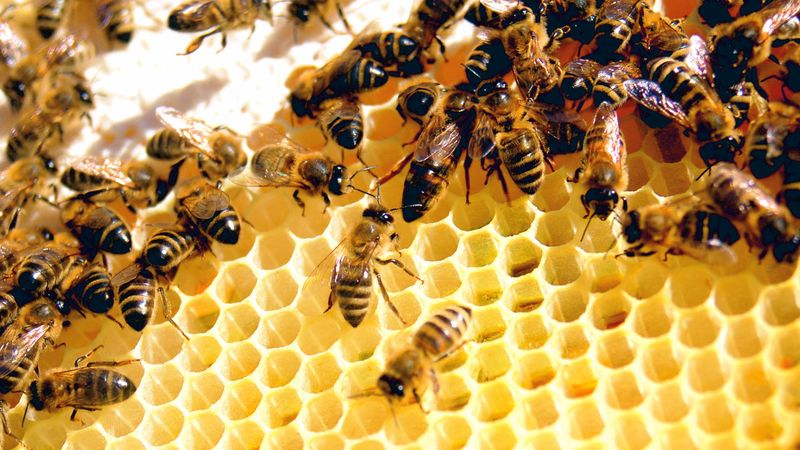
Bees are master architects, creating hexagonal wax honeycombs filled with golden honey. Their geometric precision would make any engineer proud!
Hornets, meanwhile, craft paper-like nests by chewing wood fibers mixed with saliva. These aerial fortresses hang from trees or buildings, resembling gray paper lanterns with multiple tiers inside.
6. Dining Preferences
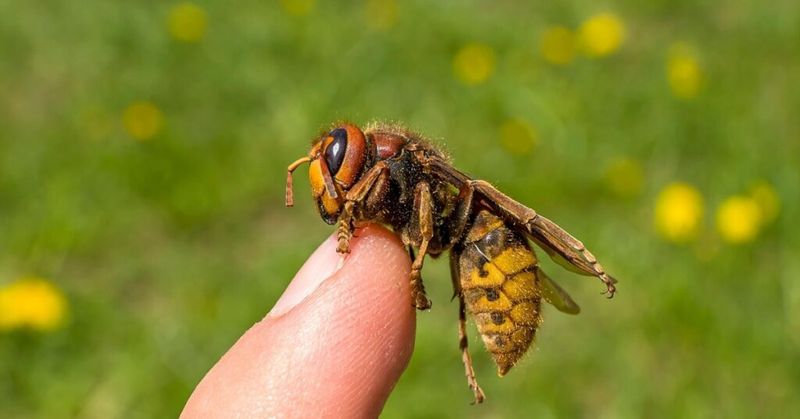
Picture bees as vegetarian gardeners, happily sipping nectar and gathering pollen from flowers. Their diet consists almost entirely of plant-based foods.
Hornets, however, are the carnivores of this story. They hunt other insects—including bees! – and can even scavenge meat. This predatory behavior makes hornets valuable for controlling garden pests.
7. Stinger Secrets
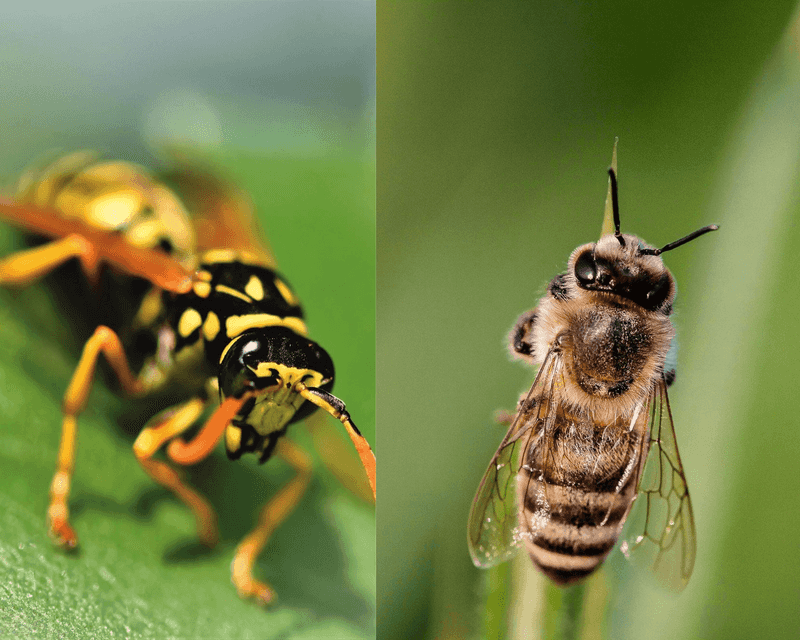
Ouch! The aftermath of a sting reveals another key difference. Honeybees sacrifice themselves when they sting, leaving behind their barbed stinger and part of their abdomen – a one-time defense mechanism.
Hornets keep their smooth stingers intact, allowing them to strike repeatedly. This makes hornet encounters potentially more dangerous for those with allergies.
8. Social Structure
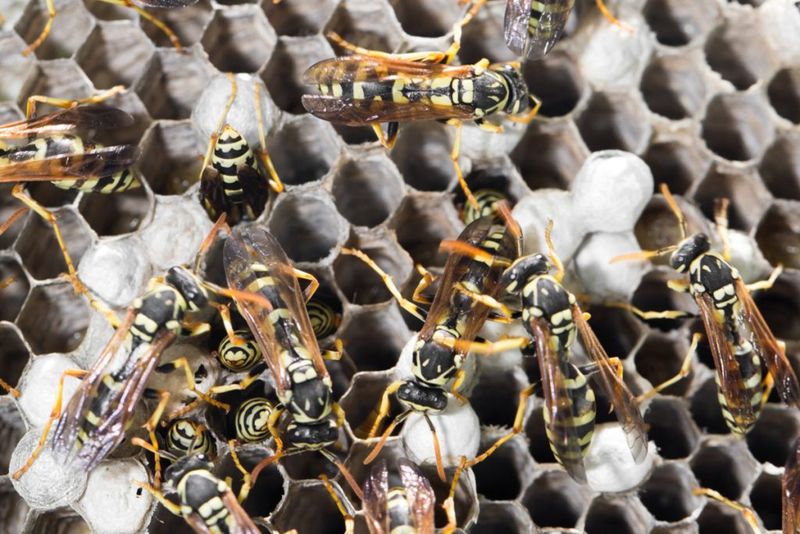
Honeybees live in massive communities with up to 60,000 members, all serving their queen in perfect harmony. Their complex society includes specialized worker roles and intricate communication systems.
Hornet colonies are smaller, typically hosting several hundred to a few thousand insects. Their social hierarchy, while still organized, operates on a somewhat smaller scale.
9. Winter Survival Strategies
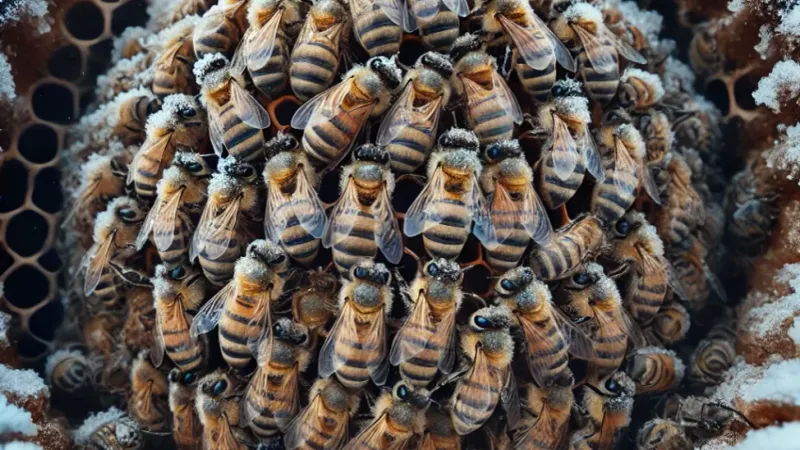
When winter winds blow, honeybee colonies hunker down together. Worker bees form a cluster around their queen, vibrating their flight muscles to generate heat while consuming stored honey.
Most hornet colonies don’t survive winter as a unit. Only young queens hibernate in protected spots, emerging in spring to start entirely new colonies from scratch.
10. Flight Patterns
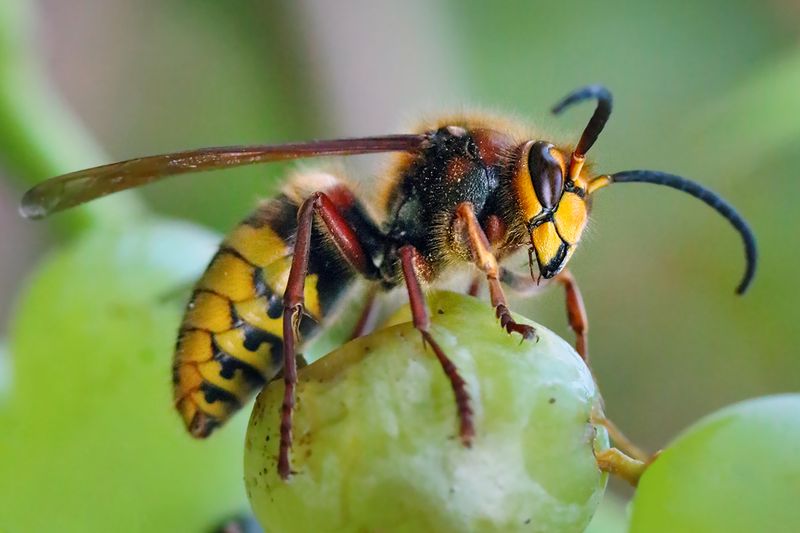
Watch their aerial moves! Bees zip around in somewhat erratic patterns, pausing to hover near flowers as they search for nectar. Their flight seems purposeful but with frequent stops.
Hornets display more direct, powerful flight paths. They zoom with apparent confidence and can sustain longer flights when hunting. Their larger size gives them a more intimidating presence in the air.
11. Human Interaction
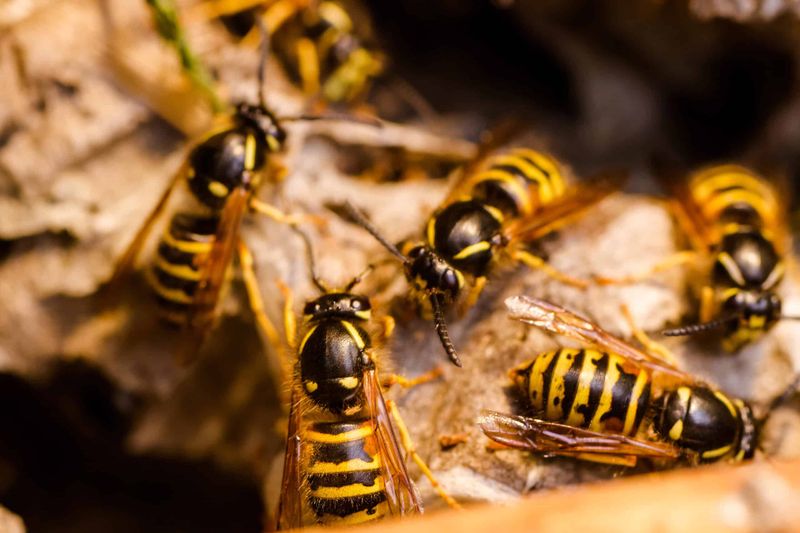
Contrary to popular belief, bees rarely sting unless directly threatened. They’re generally docile while foraging and will even bump into you without attacking.
Hornets tend to be more territorial and aggressive, especially near their nests. Their painful stings contain more venom than bee stings, and they’re quicker to defend their colony against perceived threats.

